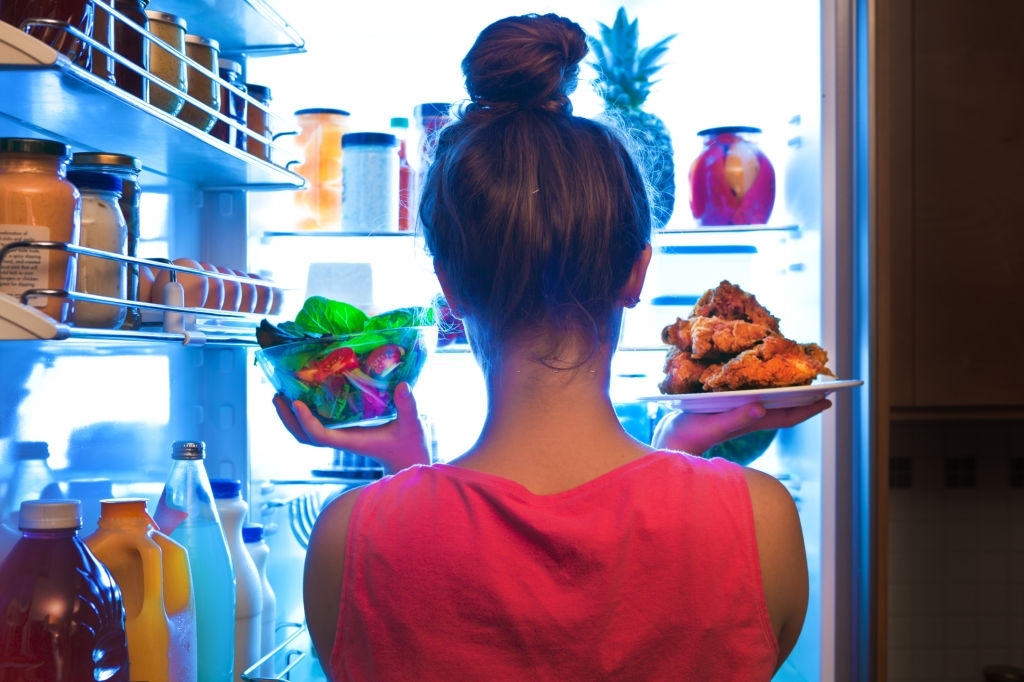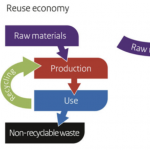

A refrigerator is more than simply a box that keeps food cold. It’s a high-tech device that employs sophisticated controls to keep humidity, light, and temperature at optimum levels for food storage.
Food wrap is essential for keeping food fresh, safe, and odourless until it’s time to eat. Mould and mildew can spread if foods aren’t stored correctly, so odours are only one aspect of the problem.
It is possible to retain nutrients and guarantee that meals do not grow stale by learning to store foods in the correct areas of the fridge using plastic food wrap.
Beyond helping to store your food, food wraps also give your food a beautiful look in the refrigerator.
For example, if you are into selling packaged goods on store shelves, Thong Guan’s Klarity plastic food wrap catches the eye of passers-by and is extremely noticeable! It’s also great for branding because it’s so transparent.
Proper Areas to Store Food in the Refrigerator
1. Top and Middle Shelves
The top and middle shelf are perfect for ready-to-eat foods like dairy products, ready meals and packaged foods, leftovers, cooked meats, and prepared salads.
To avoid infection, keep everything covered with Thong Guan Klarity plastic wrap or in sealed containers.
Ready-to-eat foods are kept on the top shelf of the refrigerator, away from raw foods, to prevent dangerous bacteria from spreading from raw to cooked meals.
2. Bottom Shelf
To prevent raw meat, poultry, and fish from contacting or leaking onto other items, place them in sealed containers or plastic wrap.
To avoid cross-contamination, raw meats should always be kept at the bottom of the fridge.
Make sure each item is wrapped or in a sealed container to avoid cross-contamination with other foods.
3. Salad and Fruit Drawer
The salad drawer is perfect for fruits, vegetables, and salads that have been washed and dried before being stored. To keep your fruit, veggies, and salad safe from contamination, wrap them in paper or plastic with air holes.
To prevent salads and herbs from drying out and to keep them fresher for longer, you can wrap them in a wet paper towel before storing them.
Here’s What to Do to Make Your Food Last Longer in the Refrigerator
- Check to see if your refrigerator is keeping items cold enough. Set your refrigerator to 4 degrees Celsius or below. If you’re not sure, get a fridge thermometer to make sure everything is in top condition.
- Make sure your refrigerator isn’t overloaded. This will generate heated pockets, which may cause food to spoil more quickly.
Use the additional humidity in the crisper drawers to your advantage. Keep leafy greens and other vegetables in the enclosure that will benefit from the excess moisture that accumulates. Set the drawer’s dial to the high-humidity setting and your fruits and vegetables will last longer. - Food packaging should not be reused. Transfer your food especially proteinous foods to a fresh, dry airtight container or plastic food wrap once opened.
- Familiarize yourself with the recommended period for keeping food, including condiments, in your refrigerator. Some foods have a shorter shelf life than you would expect.
Tip: To keep track of when you opened the jars, use a roll of tape and a permanent marker to date them. This will serve as a reminder to consume them so they don’t go stale before their time.
In a Nutshell
Thong Guan plastic food wrap isn’t just for covering food bowls. Plastic wrap can be used in a variety of ways. Fruits, such as bananas, can be wrapped to keep them fresh.
To store herbs and leafy vegetables like lettuce in the fridge, wrap them in plastic wrap. If you are making sandwiches but don’t want to keep them in a container, plastic wrap is great for storing sandwiches.
You can also prevent bottle leaking by covering the mouth of the bottle with plastic wrap before placing the cap. Fruits like cherries, berries, and grapes can also be wrapped to avoid freezer burn.
It will keep the food fresh for a longer period. Wrapping your meals and keeping them at a temperature below 40 degrees Fahrenheit will help your food stay safer for extended periods by inhibiting the growth of bacteria.





